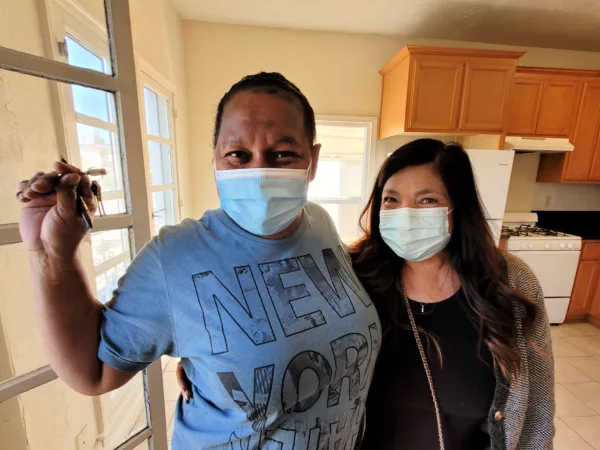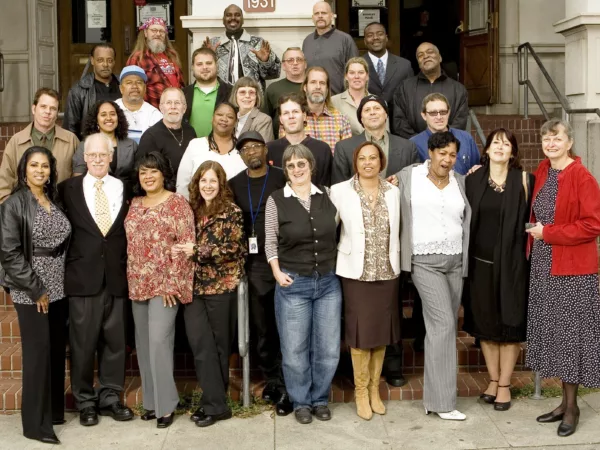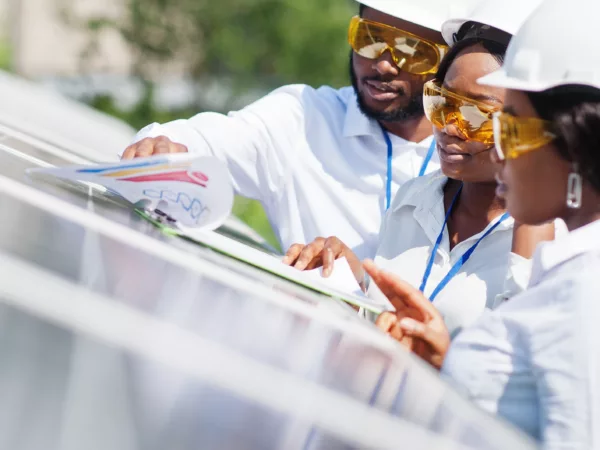University District Food Bank - Fighting Food Insecurity in North Seattle
Jul 07, 2020
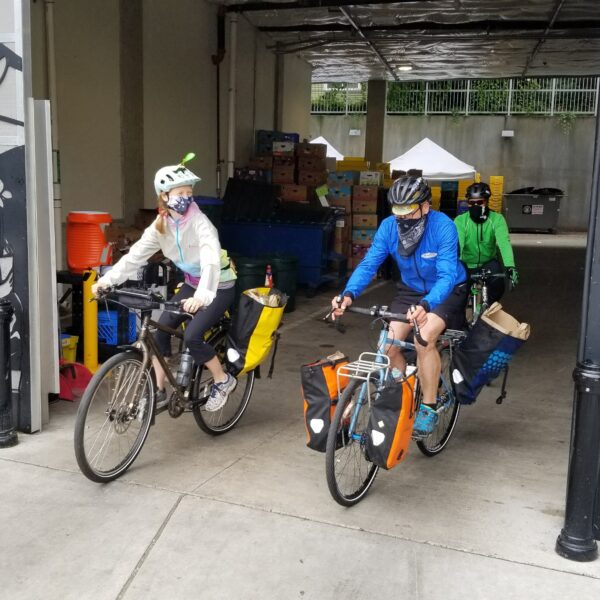
In navigating the Paycheck Protection Program, the $669B business loan carve-out of the CARES Act, we’ve been able to take stock of what has happened broadly in the market and how we can continue to help our clients during this time.
Despite the program’s challenges, the team at Beneficial State Bank was able to help over a thousand small organizations employing nearly 20,000 people, many of which are nonprofits and B Corporations, to secure loans.
Most of these entities are true small businesses with 10 or fewer staff members. Over 85% are mission-aligned with Beneficial State’s social and environmental directives. We are shining a light on the positive work these organizations are doing as well as sharing how you can make a difference by supporting them.
The University District Food Bank sits in a neighborhood of juxtapositions: on one hand, the University of Washington, the largest university in the state with a $2.94 billion endowment, is nearby; the area is full of students and resources. On the other, the community is largely low-income, with 64% of people below poverty level and unemployment rates typically two to three times the city average.1 Many are senior citizens living in low income housing, but they are a shrinking demographic. With lots of new private student housing and development projects, low income renters are being displaced. The dichotomy presents situations that can boggle the mind—like Solo cup-studded barbecues at frat houses, passed by barefoot seniors with second-hand walkers. However, the intersection of these vastly different walks of life provides an opportunity for the Food Bank to serve those in need, while drawing on the compassion of student volunteers. The Food Bank brings together these groups to create a critical, vibrant neighborhood resource.
The Food Bank has been a pillar of the Seattle community, feeding tens of thousands of customers each year. They have multiple locations in North Seattle, including a food pantry in the Magnuson Park neighborhood, which has been designated as a “food desert” by the USDA (an area where access to affordable, healthy food options is restricted or nonexistent). They also have a location on North Seattle College campus, which serves a large number of food insecure community college students when classes are in session. The Food Bank fills an essential gap for 14 schools in the area with their Packs for Kids program, providing weekend meals to children who only receive weekday food assistance at school. Their main food pantry is in a shared building with a nonprofit coffee shop which employs at-risk youth and teaches them on-the-job training, and another nonprofit that provides low-income housing. They also manage a rooftop garden on their main building, where they grow fresh produce—less frequently donated than canned goods—so that their customers have access to healthy ingredients. Last year the Food Bank made 68,000 customer visits and distributed 3.1 million pounds of food—enough to feed a family of four for the next 530 years.
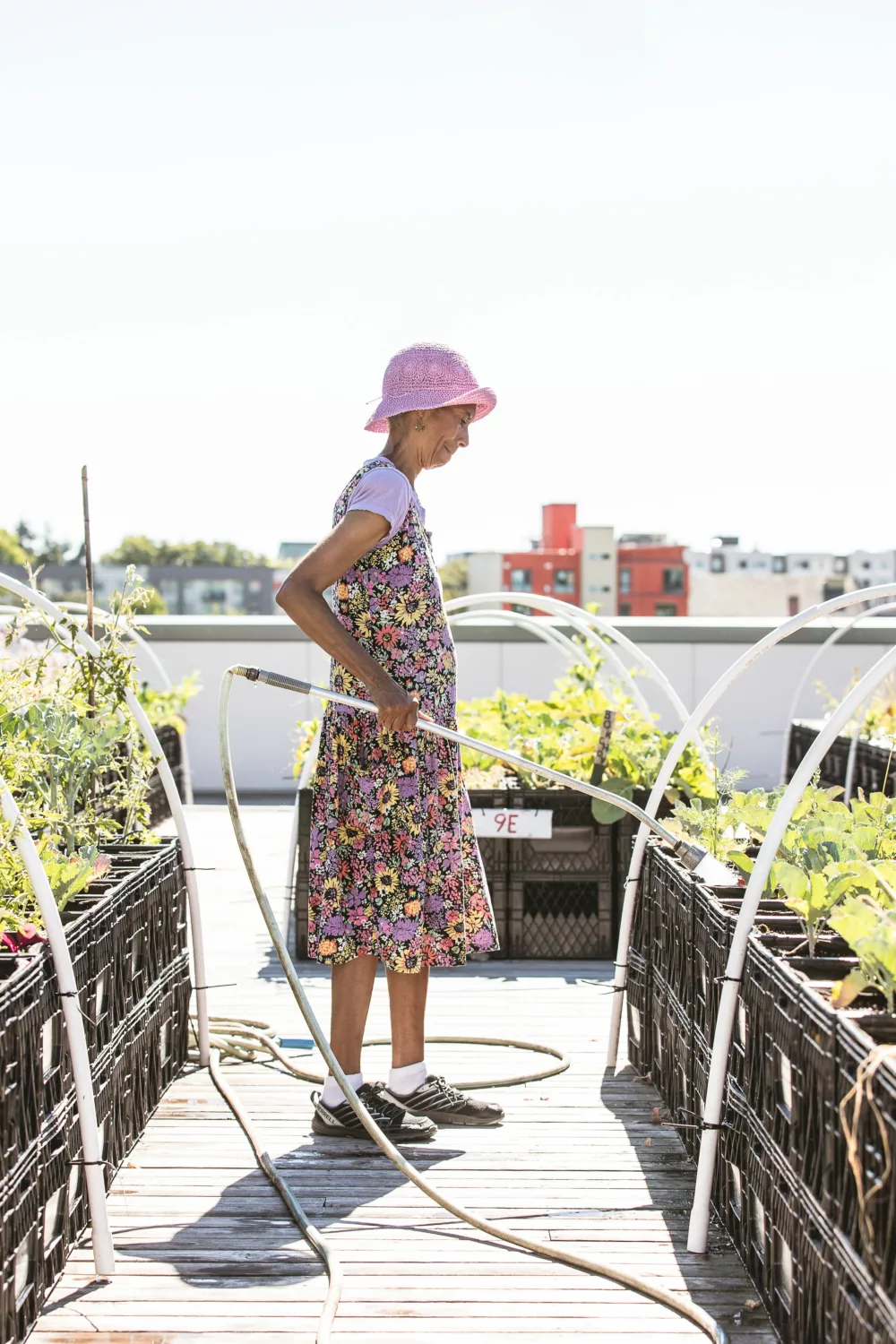
Fighting Food Insecurity in Crisis
Food banks around the country are seeing a flood of new customers due to the pandemic. Food insecurity has reached an all-time high, given the massive spike in unemployment. Poverty is expected to continue to increase and hit African Americans especially hard. African American households face hunger at a rate more than twice that of white, non-Hispanic households.2 And according to the National Council on Aging, 17% of African American seniors and 18% of Latino seniors are food insecure, compared to 7% of Caucasian seniors.3 The University District is more diverse than other parts of Seattle, with just over half the neighborhood identifying as non-white.4
As an essential service, the Food Bank has had substantial challenges in adapting to COVID-19, and they had to pivot to accommodate both health and safety needs, and a significant increase in demand. The food bank previously allowed customers to do their own shopping, empowering them to choose healthy foods for themselves. In the pandemic, they have had to close their doors to walk-ins and launched a personal shopper program. Teams of volunteer shoppers now build custom grocery bags for people to take home, accounting for nutritional needs and dietary restrictions when certain groceries aren’t available. They have increased their hours by nearly 50% to limit large queues to meet demand.
The Food Bank has also seen a huge increase in delivery requests. Before COVID, it was already serving 200 homebound individuals and families. That number has increased to 400 in the last few months. A surge of new volunteers, found through partnerships with local organizations like the Cascade Bicycle Club, has helped double the delivery program’s capacity. For homebound customers, so many of whom are seniors, the Food Bank’s delivery program is a critical resource. The Food Bank encourages volunteers to deliver to a regular route of customers to build relationships and offer additional support or resources. It’s one of the more intangible ways the Food Bank is supporting its customers’ financial health.
All the new safety protocols and a 20% spike in demand required an increase in staff, which cost more than the Food Bank had on hand. The new employees were pulled from the Food Bank’s existing volunteer pool and had been either furloughed or laid off because of the economic impact of the virus. The Food Bank turned to Beneficial State Bank to help them secure a Paycheck Protection Program loan through the federal CARES Act. This loan helped them staff up and provide income to many struggling to pay rent or keep up with their debt obligations. The PPP loan helped the Food Bank reimagine their operations to meet new safety needs.
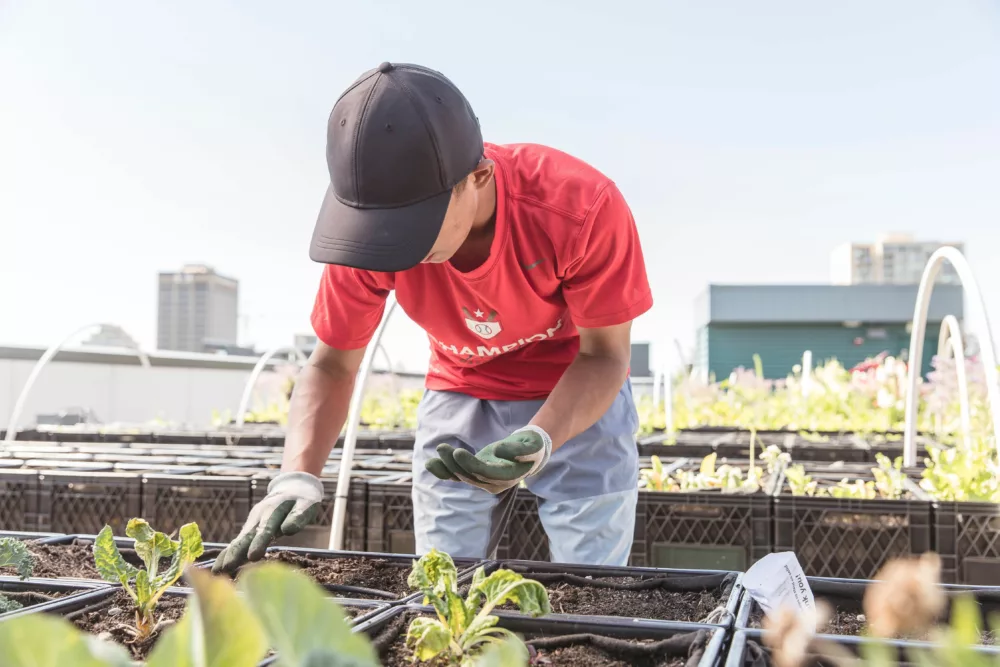
What you can do to help
Joe Gruber, the Executive Director of the Food Bank, says they need volunteers and donations. Ideally, recurring donations over the next six months to a year are needed as Gruber expects demand will continue to “climb in the economic hangover of the crisis.” He encourages donors to pace their giving over time. Donate directly to University District Food Bank.
In the long term, the Food Bank suggests engaging in improving government conversations around food insecurity. They’d like their community members to think about pushing the government to make the federal Supplemental Nutrition Assistance Program (known as SNAP, which provides a monthly stipend for purchasing groceries for those in need) a more powerful tool and make the economy work more efficiently to feed Americans who need it. Find partners who specialize in policy work in order to remain more informed and get involved in the dialogue.
Gruber also expressed his gratitude for the outpouring of support the Food Bank has received from the community. “Whether through direct financial and volunteer support or just words and notes of kindness, the recognition of the work we’re doing right now has been tremendously important to everyone here,” he said.
Follow the University District Food Bank on Facebook, Instagram, and Twitter.
Footnotes
[1] Seattle Neighborhoods Snapshot, Seattle Department of Neighborhoods, 2018.
[2] "Hunger Hits African American Communities Harder." Feeding America.
[3] "SNAP and Senior Hunger Facts." National Council on Aging.
[4] American Community Survey: Urban Village Demographic Data (2013-2017).
People, Planet, Prosperity for All
We are proud to lend $89 million to support small businesses, and $0 to fracking. When you bank beneficially, you choose to support people and planet.
Banking for a Brighter Future

Join our community of nonprofits, B Corps, small businesses, and conscientious organizations with lending and deposit services that help you grow your impact.
Spotlight on Health and Wellbeing
From dance communities to addiction services and building healthy food systems, our clients are leading the way toward a better future.
